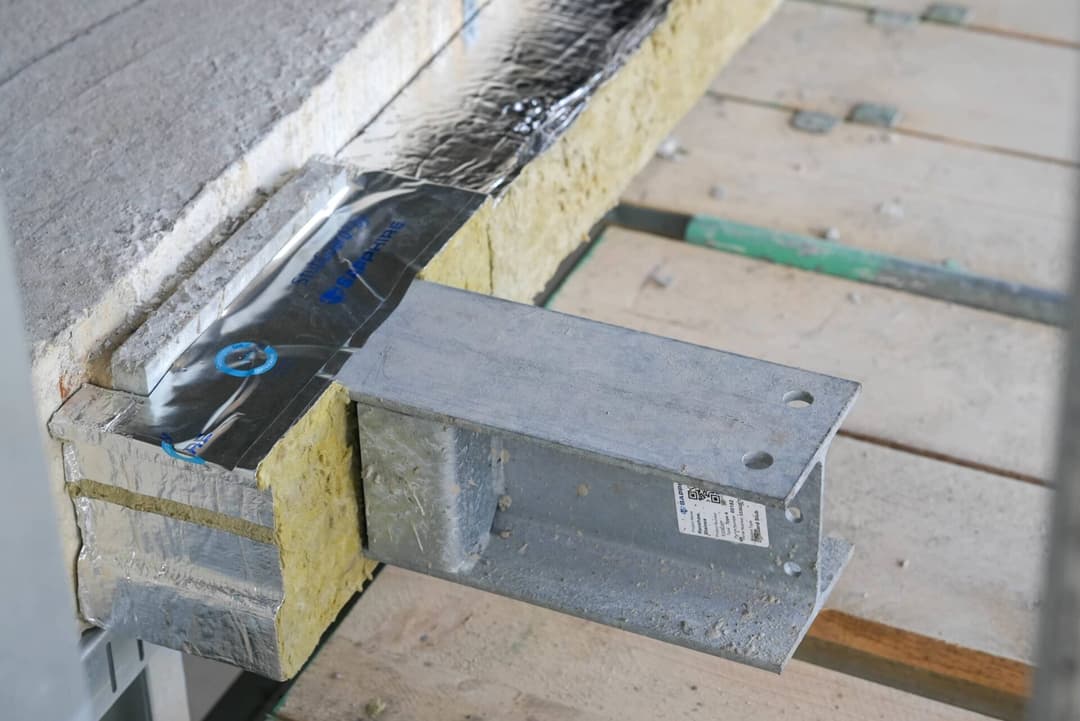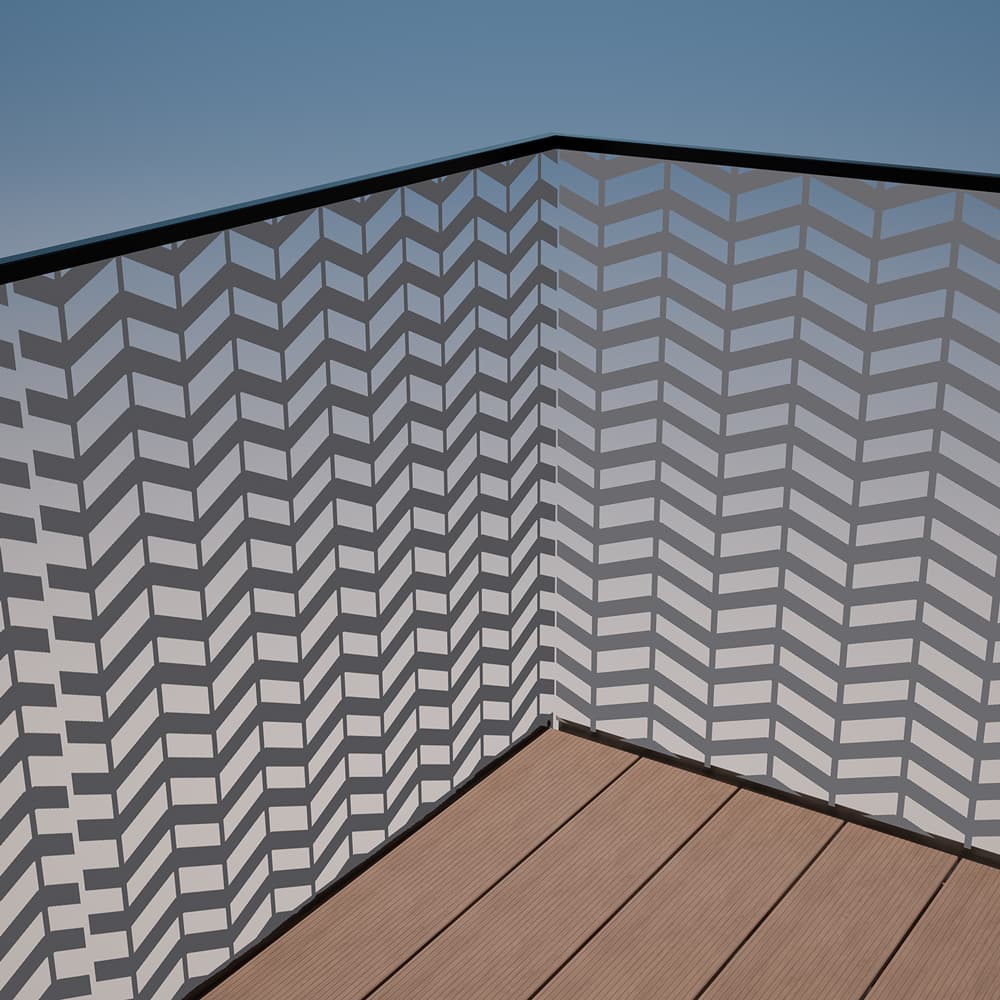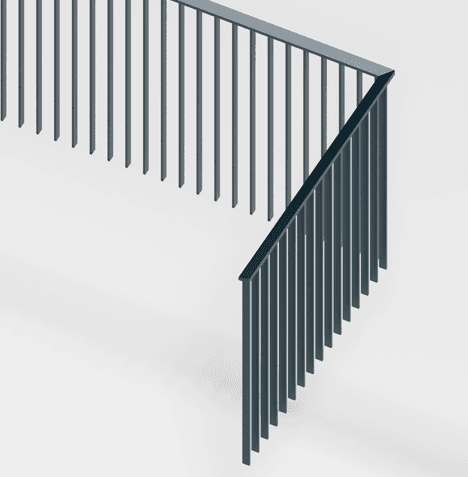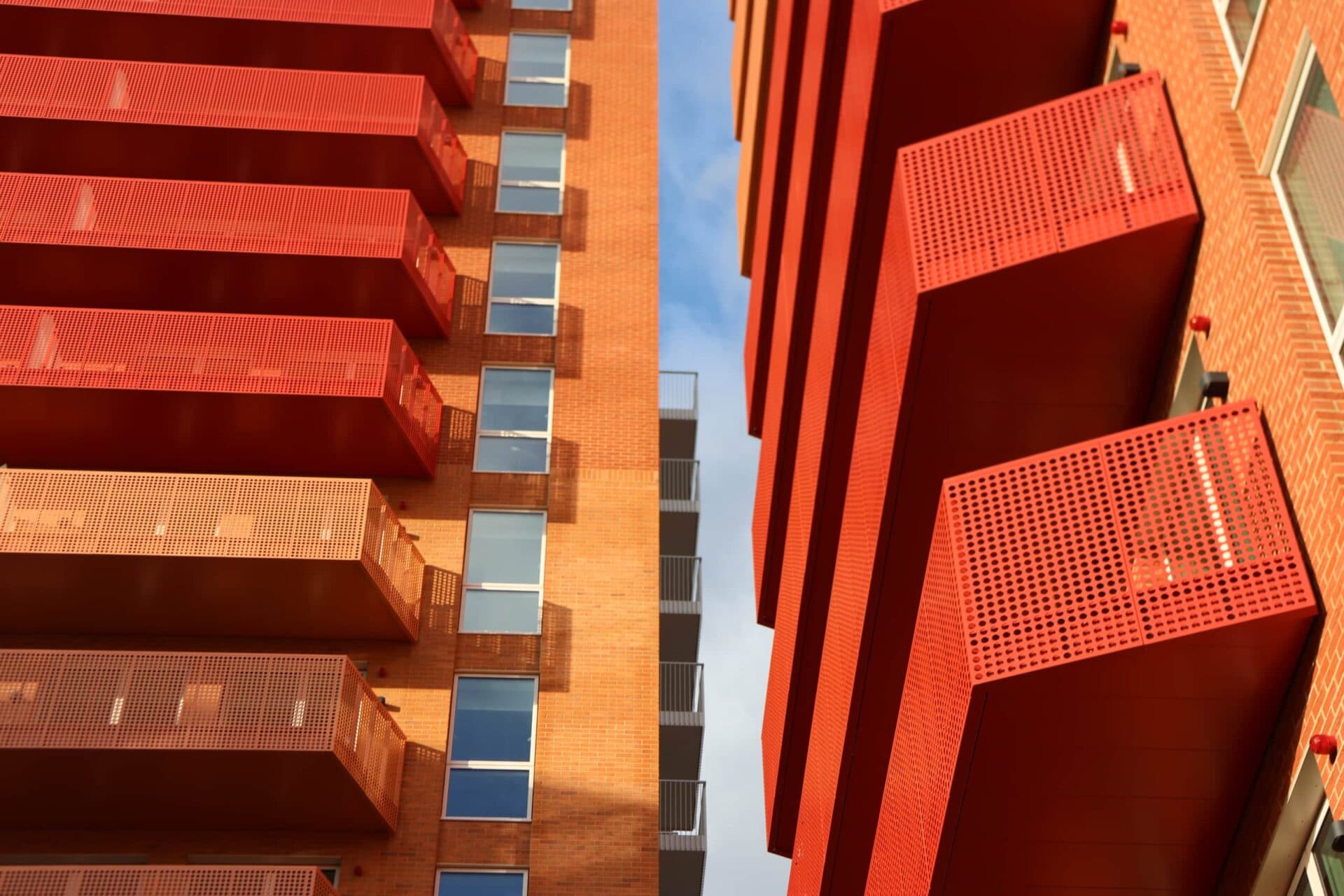Balconies sold globally
Balconies installed in one day
Fastest Glide-On™ balcony install

How do I find the right balcony for my project?
By engaging early in your balcony journey, Sapphire can help you identify the most suitable balcony solution, ensuring seamless integration, design efficiency, and long-term value right from the start.
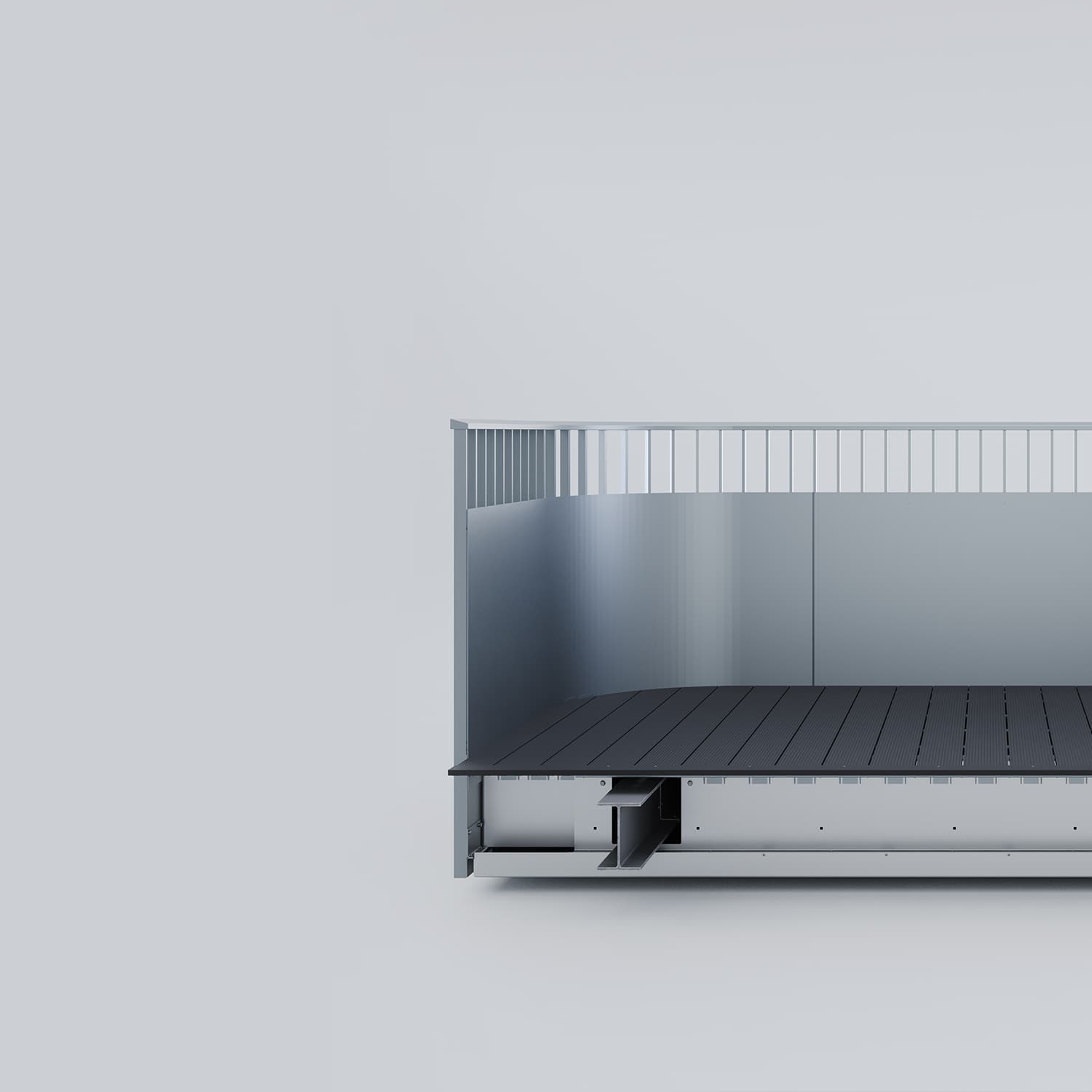

South London High-Rise Balconies Installed with Remote Locking Tech
In this install footage, we showcase RLD (Remote Locking Device) balcony automation in action at Buildings 1–5 of the £600m Bermondsey Project, led by McAleer & Rushe for Greystar.
Why Choose Sapphire?
Sapphire Balconies is redefining how balconies are designed, manufactured, and delivered. Specialising in mid to high rise residential projects, our patented balcony systems save time on site, reduce risk and ensure consistent high-quality results.
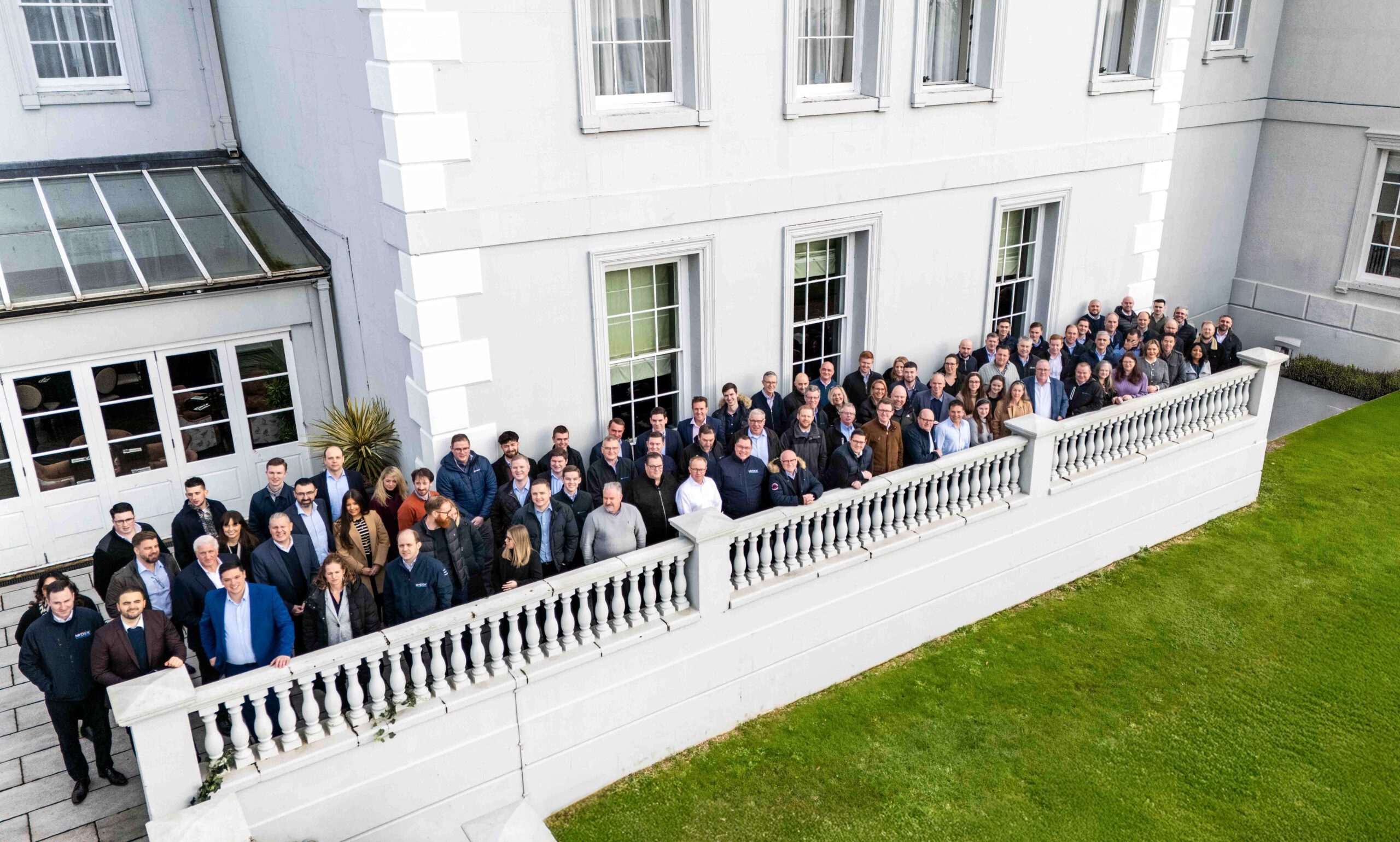
Who We Are
Sapphire designs and delivers lightweight balcony systems for mid and high-rise buildings worldwide. We’re driven by innovation, precision, and a commitment to raising industry standards.
Our Experience
With over three decades of specialist knowledge, we’ve led the evolution of balcony design, engineering, and installation. We have sold over 20,000 balconies in the last three years for many projects across the globe.
Our Methodology
Through offsite manufacturing, patented connection systems and a relentless focus on quality, our approach delivers safer, faster, and more sustainable balcony installations.

What's Our 3 Part Journey?
What are you aspiring for ?
Every project starts with a vision, we’re here to help bring it to life. Whether it’s standout design, smoother delivery, or something completely unique, Sapphire works closely with you to achieve your goals and streamline the entire balcony journey.
What are you constrained by ?
Every project comes with its own set of challenges - tight timelines, complex sites, or logistical hurdles. At Sapphire, we thrive on turning those constraints into smart solutions, helping you move from complexity to clarity.
Streamlined by Sapphire
Sapphire makes the balcony journey seamless, from early design input to offsite precision manufacturing and smooth on-site delivery. We cut through complexity to help you build smarter, faster, and with complete confidence.
Resource Centre
What is Cross Laminated Timber (CLT)?
CLT is created by glueing together layers of solid-sawn lumber from a single log. By glueing together layers of wood at the right angles, CLT can achieve better structural rigidity than regular timber in both vertical and horizontal directions.
What are the benefits of Cross Laminated Timber (CLT)?
The benefits of CLT are numerous. CLT offers a prefabricated material that is incredibly flexible for building design – including CLT in a building’s design from an early stage is beneficial as it can result in shorter installation times therefore reducing the cost of labour on-site if planned well. Furthermore, the fire performance of CLT is very good, as it is fire-rated and compliant for ongoing use. Whilst reinforced concrete (RC) frames are the conventional option due to the perceived rigidity of the product, some companies suggest that CLT can be favourable over RC frames as it is 20-30% faster to install, so can reduce labour on-site.
How are balconies connected to Cross Laminated Timber (CLT)?
As CLT is a relatively light building material, the foundations do not need to be as large, and the machinery required on-site can be much smaller. Brackets can be fixed to the top of the CLT slab at an angle to maximise pull-out resistance from the balcony moment forces and tested in advance to confirm structural integrity. One of the advantages of Sapphire’s system is that the light weight means it can be used with CLT. Many connections, such as our innovative Glide-On Cassette solution, can be used as the structural integrity of the frame can be maintained even with the heavier steel anchor arms.
Connecting to CLT brackets has its advantages thanks to its sustainable properties, being considerably cheaper to construct with than reinforced concrete if used correctly and can reduce time spent on site as well as machinery and labour costs. It is possible to connect many kinds of balcony anchors to a CLT bracket, such as tie-rod, our innovative Glide-On Cassette solution, or our ultra-low carbon anchor solution.
Can you connect balconies to a Light Gauge Steel Frame (LGSF)?
What is a Light Gauge Steel Frame (LGSF)?
Light gauge steel frames (LGSF) are a modern solution for low-rise (up to 15-storey) buildings, offering faster construction, cleaner sites, and a reduced carbon footprint. As the name suggests, LGSF is a skeleton of sorts for a building, a dynamic and versatile application that uses lightweight, 100% non-combustible material to provide the inner support for a building whilst staying as green as possible.
How are balconies connected to a Light Gauge Steel Frame (LGSF)?
It is of the utmost importance to get the balcony anchors right when using LGSF. Due to the lightweight nature of LGSF, a balcony should be as light as possible to avoid any instances of deflection.
A key point to consider with balcony anchors and LGSF is the bracket connection back into the frame, as rotational deflection can occur here. Sapphire has developed new connection methods which provide extra rigidity. As with any anchor connection, the material used on the building façade is crucial and whilst offering a lighter, more environmentally friendly base to build on, the precautions needed to make a balcony connection safe are vital.
How do you implement a Light Gauge Steel Frame (LGSF)?
Traditionally, buildings are built using a dual-layer ‘brick and block’ approach – a skin of bricks on the exterior, a cavity normally filled with insulation and then a final layer of bricks on the interior of the building. A light gauge steel frame is generally prefabricated and delivered to the site for a quick installation. In a precast façade, the balcony anchors can be built alongside the façade itself. Putting the anchors in place and then pouring the concrete in situ can mean less thermal bridging risk as the façade has not been penetrated.
What is a traditional Reinforced Concrete (RC) frame?
A traditionally poured concrete frame is built from the ground up, poured between stacks of rebar steel to create a sturdy wall to the building. Thanks to its rigidity, this method is used to this day as a reliable (albeit slower than a precast alternative) way to build apartment blocks and a durable material to anchor a balcony into. However, given how labour and carbon-intensive this approach is, many countries are looking for more advanced approaches.
How are balconies connected to a Reinforced Concrete (RC) frame?
We can connect to a traditionally poured concrete façade in several ways with our lightweight aluminium Cassette® balconies. Thanks to the slim, manageable form factor of our Cassette® balconies, any number of connections can be made, such as a tie-rod connection, a Remote Locker connection or even our innovative Next Generation Balcony or Glide-On™ solution.
Using our innovative and speedy solution, we cast the anchors into the concrete slab, forming a robust base for the balcony Cassette® to slide directly onto, being secured by an on-site team.
The Remote Locker is a smart solution, using radio technology and a small, toolbox-sized device which fixes the balcony to the arm anchors. With the Remote Locker, the stub arms are cast into the concrete façade as the façade is being poured. The main body of the arms are fixed inside the balcony Cassette® and raised by a crane up to the stub arms. The Remote Locker then fixes the arms to the stubs with a series of bolts controlled through a radio signal. Once the bolts are fixed, the balcony is safe to be stepped onto by a worker and the Remote Locker can be safely removed.
Working with Berkeley at Huntley Wharf
Discover how Sapphire Balconies collaborated with Berkeley Homes and PRP Architects to deliver 538 balconies at Huntley Wharf, Reading. This project seamlessly blends historical heritage with modern design through innovative offsite manufacturing and efficient installation solutions.
Ready To Streamline Your Balcony Journey?


How have others streamlined their balcony journey?



